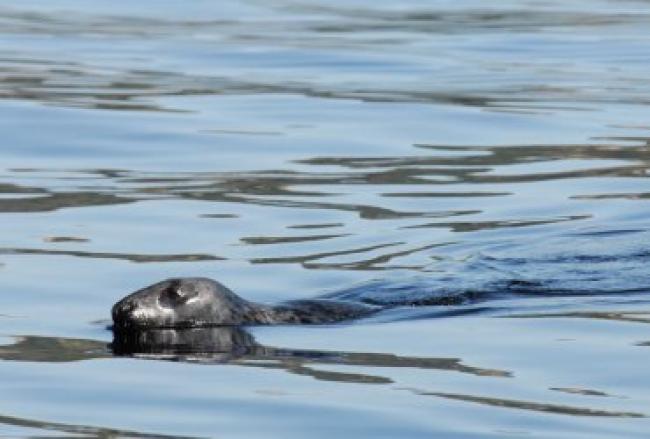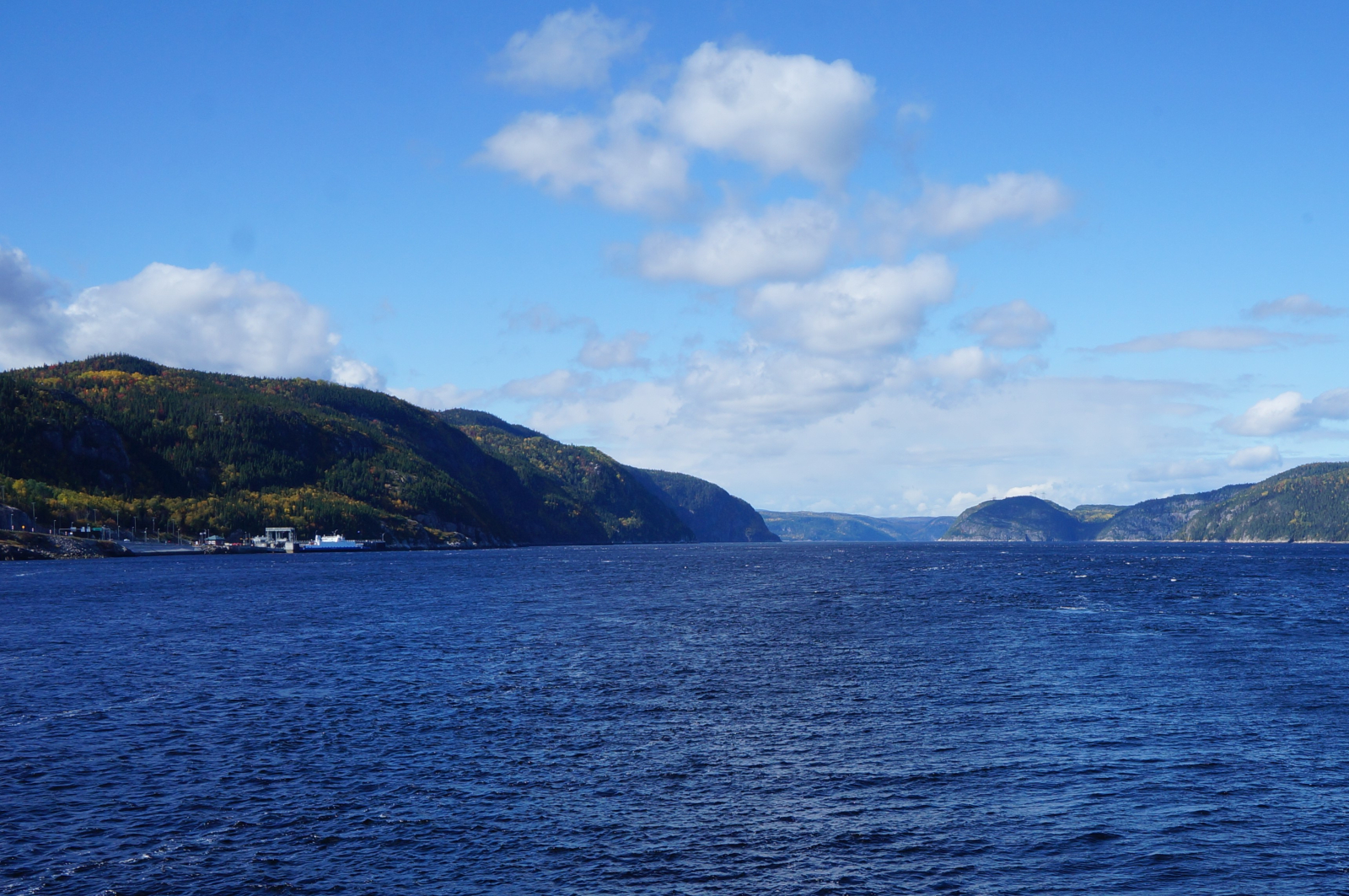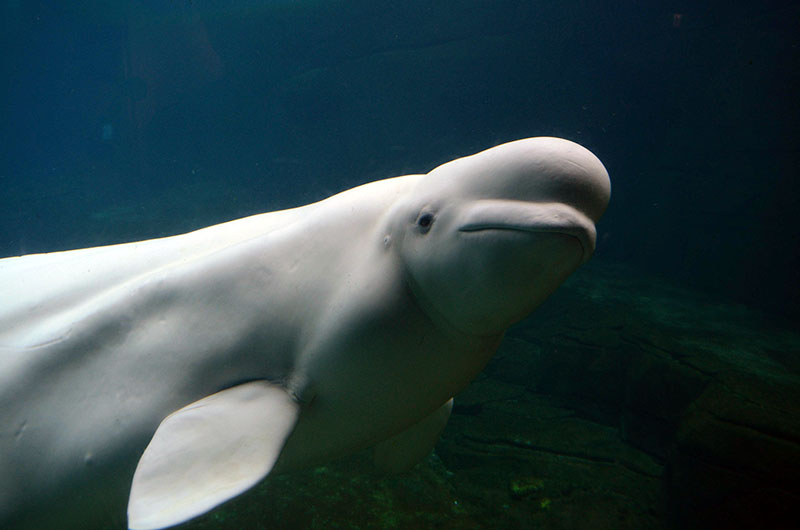Articles Menu

October 23rd 2019
Do you like the idea of a new multibillion-dollar fossil fuel pipeline in Canada? You have three weeks to tell a federal environmental agency what you think.
On Tuesday — the day after the federal election — the Impact Assessment Agency of Canada invited the public, and specifically Indigenous groups, to provide feedback on a controversial 780-kilometre natural gas pipeline between northeastern Ontario and Quebec’s Saguenay region.
The Gazoduq pipeline is a key element of a $14-billion mega-project that intends to provide a permanent path for natural gas exploited in the West to be exported in the East.
At that point, it would be liquefied at a future facility called Énergie Saguenay, belonging to GNL Québec, and then loaded onto tankers that would sail down the Saguenay Fjord to the St. Lawrence.

Gas is already pumped from the West through Central Canada along an existing pipeline owned by TC Energy (formerly TransCanada). Gazoduq would bring more of that gas almost all the way to the Atlantic Ocean.
The Green party was the only one in the recent federal election campaign to openly campaign against the project. The pipeline path crosses several ridings that Bloc Québécois candidates won on Monday.
When Green Leader Elizabeth May asked Bloc Québécois Leader Yves-François Blanchet to state his position on the pipeline during the leaders' debate, he said he'd wait to see the results of an environmental review by a Quebec agency before weighing in.
The federal agency is accepting written comments in French or English until Nov. 12. The company plans to make a "final investment decision" by 2021, according to a summary of the project posted on its website on Oct. 10, and begin construction by early 2022.

The proponents claim the pipeline will generate economic growth, as it would hand Canadian natural gas producers expanded access to international markets and boost trade. The large investment is expected to generate jobs in Quebec and Ontario. They also claim the project is environmentally friendly, as they argue it would help displace more carbon-intensive fossil fuels like fuel oil, coal and diesel.
But producing and transporting gas has been shown to release a potent greenhouse gas, methane, when it leaks from equipment or is deliberately flared or vented off. Methane is very effective at trapping heat in the atmosphere, leading to climate change.
The project summary admits this, stating the use of gas-powered turbines for compressor stations required to keep the gas pumping along the pipeline will emit carbon pollution, and "fugitive emissions" — the industry term for leaks — could also emit pollution, as will "gas purges," or intentional venting. Carbon pollution is also expected during the project's construction phase with the use of heavy diesel equipment.
Scientists say the climate crisis will cause more extreme and more frequent floods and wildfires, damage coasts from sea-level rise, increase health-care costs from the spread of disease and push hundreds of millions of people into poverty.
Investors and economists say these consequences will eventually overshadow any economic benefits of fossil fuel infrastructure expansion. U.K. asset management company Schroders, for example, has estimated that a failure to act on climate will inflict irreversible economic damage many times the scale of the financial crisis.
An open letter from 25 economists and economic researchers last week argued that GNL Québec and Gazoduq's claims about job growth and the displacement of dirtier energy "are highly questionable."

Some environmental groups have also raised concerns that the pipeline will increase maritime traffic in the fjord, putting pressure on belugas and other marine wildlife like seals, Atlantic salmon, Greenland halibut and Arctic cod.
The St. Lawrence beluga in particular is an endangered species. In 2012, the belugas were estimated to number only 889. In June, Environment and Climate Change Minister Catherine McKenna emphasized the importance of protecting belugas when she exempted 44 per cent of the area of the Saguenay–St. Lawrence Marine Park from commercial whale-watching.
GNL Québec has said it is examining how Énergie Saguenay would limit harmful effects on endangered belugas.
The pipeline route crosses forests and ecologically sensitive wetlands as well as provincially protected areas. Plant and wildlife habitats along the pipeline route are diverse, and Gazoduq says it has taken species "likely to be designated as threatened or vulnerable" into consideration.
The pipeline route also crosses "lands covered by treaties or subject to land claims by Indigenous groups," the summary states. It lists 25 "concerned Indigenous groups" close to the area Gazoduq has identified for the pipeline. Several are part of the territory of the Algonquin Anishinabeg Nation.
The summary says Gazoduq has "adopted an approach to engaging with potentially affected Indigenous groups that is characterized by respect and collaboration."
It said the firm wants to "foster active Indigenous involvement in the project’s development and progress" and "maximize opportunities resulting in benefits for neighbouring Indigenous groups," among other objectives.
[Top photo: A Grey seal in the Saguenay-St. Lawrence Marine Park. Parks Canada Photo: J.-L. Provencher]